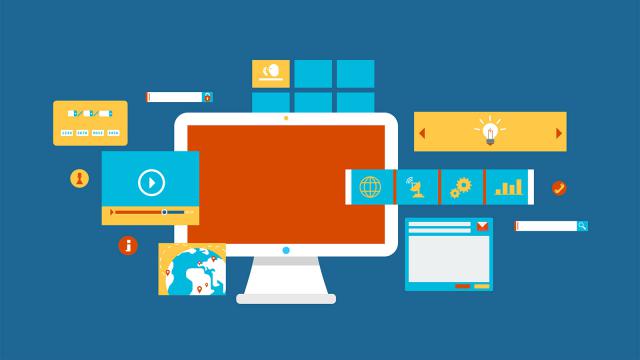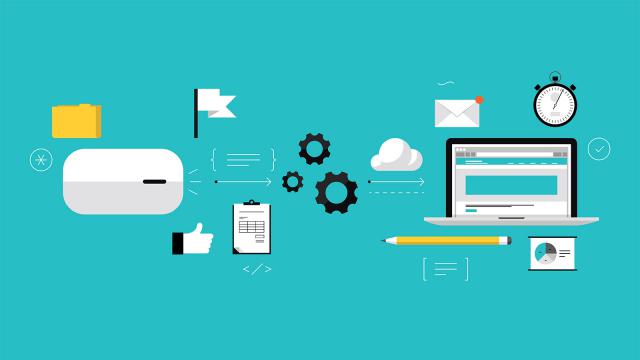Many people have already come across the concept of conversion, especially those who operate websites and webshops, but many are not aware of its real meaning and significance. In our article, we will show you exactly what conversion is, the conversion rate, and what is even more important: how you can increase it in order to have more leads, inquiries and income.
Definition of conversion
A conversion means that the intended goal has been met. If the goal of your page is to collect subscribers, then each subscription counts as a conversion.
Many people think that conversion only means sales, but the concept is more general than that: conversion can be anything, because it depends on your goal.
Tartalomjegyzék
- Definition of conversion
- What is a conversion rate?
- How do I calculate the conversion rate?
- Understanding the conversion rate
- "What should I do with my conversion rate?"
- What constitutes a good conversion rate?
- Tracking conversions
- How much is a conversion worth?
- Conversion optimization
- What makes one website convert better than others?
- What is the ideal conversion rate and what influences it?
- The relationship between UX Design and conversion optimization
- Summary
What is a conversion rate?
In the simplest terms: the conversion rate is the percentage of users who convert on your website, in fact, they implement the goal you have defined in advance. Depending on the purpose of the website, the conversion can be almost anything. Here are some of the most common conversion events:
- Buying
- Submit a form (e.g. submit a contact form)
- The call of business
- Using online chat
- Subscribe to a subscription (paid or free, for example: newsletter)
- Register on the website
- Download something (software, eBook, mobile app, etc.)
- Service update
In addition to these, there are countless other conversion events, so basically every conversion is a measurable measure that has value for the website owner.
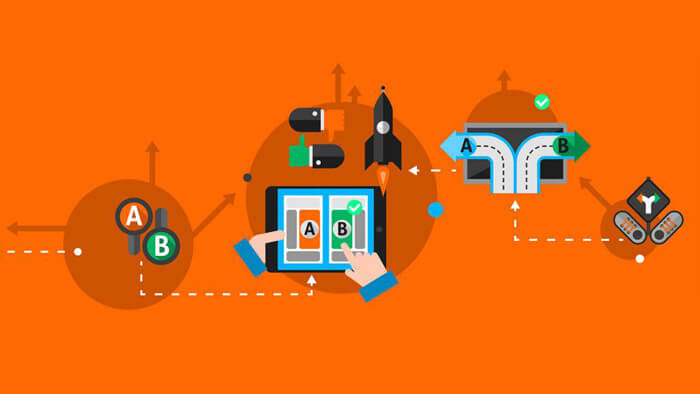
How do I calculate the conversion rate?
Calculating your conversion rate is actually quite simple. To calculate it, the number of conversions performed in the given period must be divided by the number of all visitors to your website, and the resulting amount must be multiplied by 100. This is how you get the conversion rate in percentage form.
conversion rate (%) = (number of conversions / total visitors) * 100
That is, for example, if 17,492 visitors visited your website in March and 2,305 conversions were made, your conversion rate is: (2,305 / 17,492) * 100 = 13.18%. It's that simple to calculate. Most analytics software (e.g. Google Analytics) can of course calculate the conversion rate from ads if you connect it to your Google Ads account.
Of course, you can calculate the conversion rate for several factors and surfaces, depending on what your goal is. This way you can compare the performance of your different marketing channels, for example. The most typical conversion rate comparison bases:
- Total conversion rate: how does my website convert regardless of the source of visitors?
- Conversion rate of marketing channels: do visitors from Google Ads or Facebook Ads convert better?
- Page-level conversion rate: which page of your website gets more conversions?
- Campaign conversion rate: which target group has a higher conversion rate?
- Ad conversion rate: which creative has the highest conversion rate?
- Keyword conversion rate: Which keywords you use convert better? Which one should you spend more on?
The above examples are only the tip of the iceberg. The conversion rate is a metric in the online world that provides an excellent basis for evaluating the performance of any aspect of your website or campaigns. With its use, it becomes clear which of the user's clicks are valuable and which are useless for you.
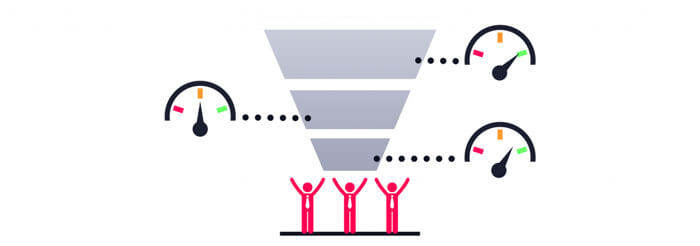
Understanding the conversion rate
When calculating the conversion rate, the quality of the initial data must always be taken into account. For example, your conversion rate may be 100%, which is outstanding, until it turns out that your website had a total of 1 visitor.
The reliability of the conversion rate definitely requires a large sample. Let's say that 20 users visited your website and 1 of them converted, which means a 5% conversion rate. However, if, for example, they do not subscribe to your newsletter, your conversion rate will immediately be 0%.
However, if you have 10,000 visitors and 5% of them convert, i.e. subscribe to your newsletter, but in the end 5 unsubscribe immediately, then even though your conversion rate will decrease minimally, the initial data will still remain reliable.
Since some users always turn out not to convert in the end (even though it seemed like it at first), a sufficiently long period and a "visible" amount of users are needed to reliably measure the conversion rate.
However, it is not possible to determine in advance what the appropriate time frame is. As a rule of thumb, we recommend at least 1 month, but if, for example, you run a high-traffic webshop, your conversion rate will be reliable even in 1-2 days.
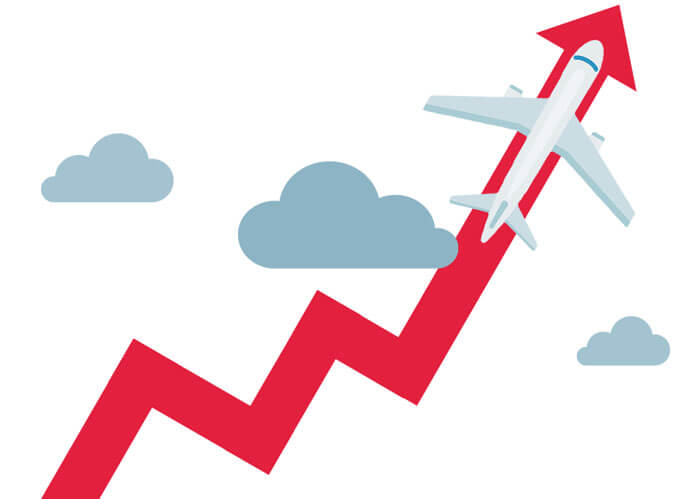
"What should I do with my conversion rate?"
Let's assume that the sample is reliably large and representative, so the resulting conversion rate is also reliable.
A conversion rate is good for 2 things:
- See how your site performs (or if it performs at all)
- You can plan
The former is important because as you spend more and more time in online marketing, you will have a better eye for estimating whether your site is performing well or poorly from a conversion rate. I caution you here: you can achieve a lot of benchmark data, but the conversion rate can vary from market to market, company to company, and campaign to campaign. A "good" rate on a subscription page is different than on a product page, similarly, the difference between a B2B company and a B2C company is huge. Always measure your conversion rate against your own company and your previous campaigns.
The second is perhaps even more important: it gives you the ability to plan. Imagine that you know the average conversion rate from each stage of your sales cycle: you know that every tenth subscriber (that's 10%) subscribes, and you know that your newsletters convert at an average rate of 2%. So you already know that if you drive 10,000 people from your target group to the site with some kind of advertisement (e.g. Google Ads), that means 1,000 subscribers on average... and 1,000 subscribers means 20 customers per newsletter.
What constitutes a good conversion rate?
Many case studies have already been published in this regard, but the question of "What is a good conversion rate" cannot be clearly answered. It depends on what industry you operate in, what your business is, how big the competition is, what channels you use for advertising, but also on how your website is structured.
In addition, I cannot stress that the conversion rate is not always the same as the purchase or order on the website. The conversion rate is a very useful online marketing metric, but the goal should not be to generate conversions, but to increase sales!
Not to mention that a high conversion rate is worthless if you can't convert conversions into sales.
Tracking conversions
Although conversion rate is not a measure of success, it is one of the best tools for tracking performance. The first step in calculating the conversion rate is to be able to measure conversions, i.e. to track them. With a little work, you will be able to track your conversions on all advertising and analytics tools.
The best known such tools are:
- Google Ads
- Google Analytics
- Facebook Ads (include Instagram)
It sounds unbelievable, but according to a research, only 60% of online advertisers measure the conversions from their ads. In addition, half of the advertisers who track their conversions have misplaced the conversion tracking code on their website…
Adequate conversion tracking is essential for a successful online marketing campaign, as this is how you can best optimize your campaigns. You can only draw real conclusions from correctly measured data!
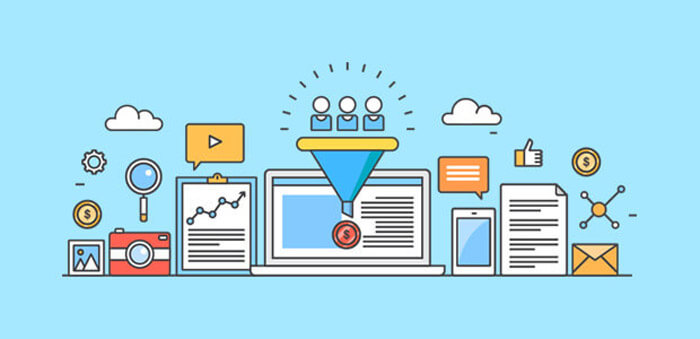
How much is a conversion worth?
Conversion measurement is the basis of all ROI calculations. The ideal campaign brings a positive ROI (return on investment), for example, with an ROI of 200%, two forints are returned for every HUF spent (in Hungarian, the campaign is worth it, you don't make a loss, in fact).
Let's calculate with the previous example numbers and assume that your average basket value is HUF 10,000 (because, right, you calculate this too). Now, for the sake of simplicity, we will leave out the margin, fulfillment costs and others and calculate only sales revenue.
In the case of direct sales (the target conversion is the sale), one conversion is worth HUF 10,000 on average. If you have a list of 1,000 people and you have 20 customers per newsletter, that means an income of HUF 200,000 per newsletter. From this, you also get that a subscriber is worth HUF 200 (if you spend less than this on the subscription, you remain positive, at HUF 200 you break even, over HUF 200 a loss).
If you have this figure of HUF 200, then you know that you have to put together the campaign for the subscription page in such a way that your costs, divided among subscribers, do not exceed HUF 200. Signing up on that page is your target conversion. Include hosting, domain, design, copywriting and advertising costs (Google Ads bidding, etc.) in the cost - so everything.
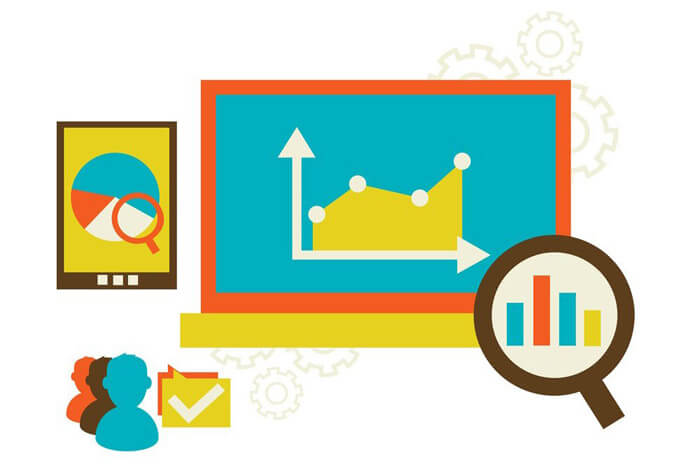
You don't have to stop there: let's say you calculate from your analytics what proportion of your Facebook page followers will become your subscribers over time. You get that (for example) every 4th Facebook follower subscribes over time (you reach them with an ad, read a post of yours or just notice the "Subscribe" button in your header). Thus, a Facebook follower is worth HUF 50, and you manage your Facebook spending accordingly.
As you can see, conversion measurement gives you the awareness you need to look at every spend from the ROI side.
You also have a meaningful number that you can directly link to your income. This is important because reaching 2 million is worthless if it brought a minimal conversion rate, its PR value is negligible, and you spent much more to acquire a lead than it is worth on average. At the same time, a campaign with a more solid reach, but more targeted and better converting (and cheaper) is a real gold mine.
Conversion optimization
It's one thing to know the concept of conversion rate and how to track it, but what are you going to do with the data you get? But more importantly, are you increasing your conversion rate?
Conversion optimization is the process by which you can increase the conversion rate of your website. With its help, you can get more out of your existing traffic. For example, if you increase your conversion rate from 1% to 2%, with unchanged traffic: you have doubled the number of your conversions!
Here are some ways to increase your website's conversion rate.
1. Create dedicated subpages
If part of your traffic comes from paid ads (Google Ads, Facebook Ads), create a separate subpage for each advertising system. The main reason for this is that if you are already paying for ads, you should direct your users to a subpage that is specifically designed to sell your product or service. You can also reduce the number of users leaving the page.
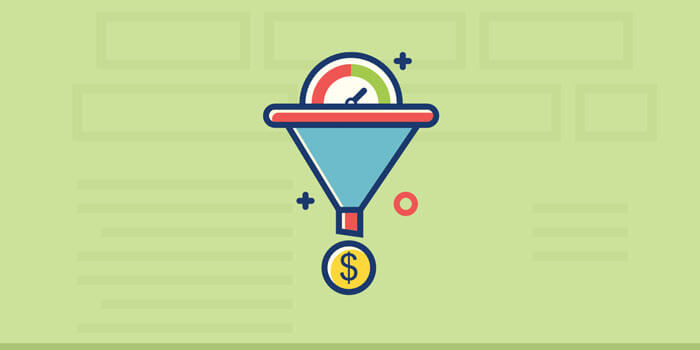
2. A/B testing
A/B testing allows website owners to continuously increase the conversion rate on your website, while also collecting data on the results. This allows you to form hypotheses and learn more about how certain elements influence user behavior within your website. Of course, this also means that it may turn out that a certain assumption was wrong and we have to change it so that our website works as efficiently as possible.
When you test a change, A/B testing helps you find out which changes affect user behavior on our website and which ones have no effect on our users.
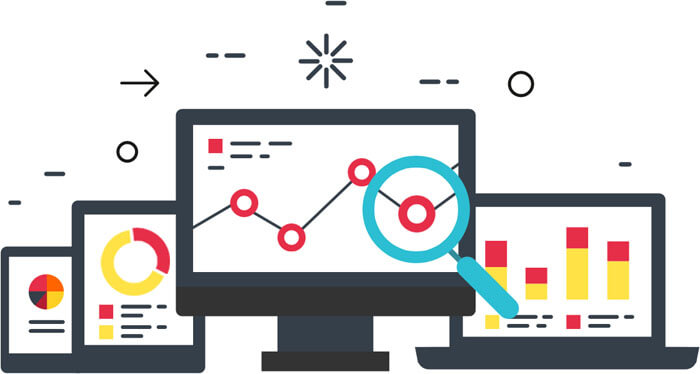
A/B testing provides a helping hand in making marketing decisions, as you learn how you could improve the effectiveness of your campaigns!
What makes one website convert better than others?
One of the main hallmarks of a properly optimized website is an effective conversion rate. If this doesn't say anything at first, don't panic. The conversion describes the process of your website, during which the visitor who arrives there engages in a useful activity that you expect, as a result of which he transforms into a customer, subscriber and so on
Simply put, it shows what percentage of visitors reach the goal you set, which could be a purchase or just signing up for a newsletter or anything else. It is worth noting that a significant number of visitors will click away within a few seconds.
The good news is that there's a lot you can do to keep them on your side. Web analytics provides a solution to achieve the desired conversion rate. There is a conversion optimization tool such as Capturly, which enables not only quantitative but also qualitative data collection.
What is the ideal conversion rate and what influences it?
There is no such thing as a universal number. The conversion rate largely depends on the purpose of the conversion. A low conversion rate means that your website is not attractive enough for your target group, or visitors are coming there who are not part of it anyway. In the case of an advertising campaign, only 1-2% can mean the difference between loss or profit.
Here are some examples that affect conversion:
- the design is not attractive enough, it is based on outdated technology, it is not aesthetic
- the navigation is confusing, it is difficult to find the important call-to-action buttons and links
- the landing page does not live up to expectations (this is especially a problem if the visitor comes to your page via an advertisement and finds it misleading)
The last point is one of the most common cases when they come to your site to gather information about something, but they are not interested in buying your product or service. Research shows that the first impression of websites is formed in 50 milliseconds.

The relationship between UX Design and conversion optimization
We have already seen that the first impression is closely related to the conversion optimization process. The question arises, where does User Experience Design come into the picture? However, in order to answer this, first imagine yourself in the place of your visitors and then ask the following questions one after the other:
- Does the page load fast enough?
- Is the site easy to navigate, is the structure adequate?
- Is the text there easy to read?
- Is it clear what I get in return for my time spent on the site or am I just wasting my time?
If the answer to any of these is NO, then there is a high chance that you are losing potential customers. In other words, neglected UX works against conversion optimization. UX is therefore one of the most important pillars of your website and goes hand in hand with web analytics, so it plays a big role in creating an optimal first impression.
Here are some useful tips that can be applied at any time:
1. Don't just focus on the "Above-the-fold" area
Above-the-fold, i.e. the part of the website above the fold, is the area that the visitor can see in its entirety without having to scroll the page. For a long time, it was treated as a fact that this part is the most valuable area of the website and it is here that the "firepower" should be focused. A study conducted by the Nielsen Norman Group revealed (57,453 eye-tracking heatmap studies) that the above-the-fold section receives 102% more attention than the rest of the website.
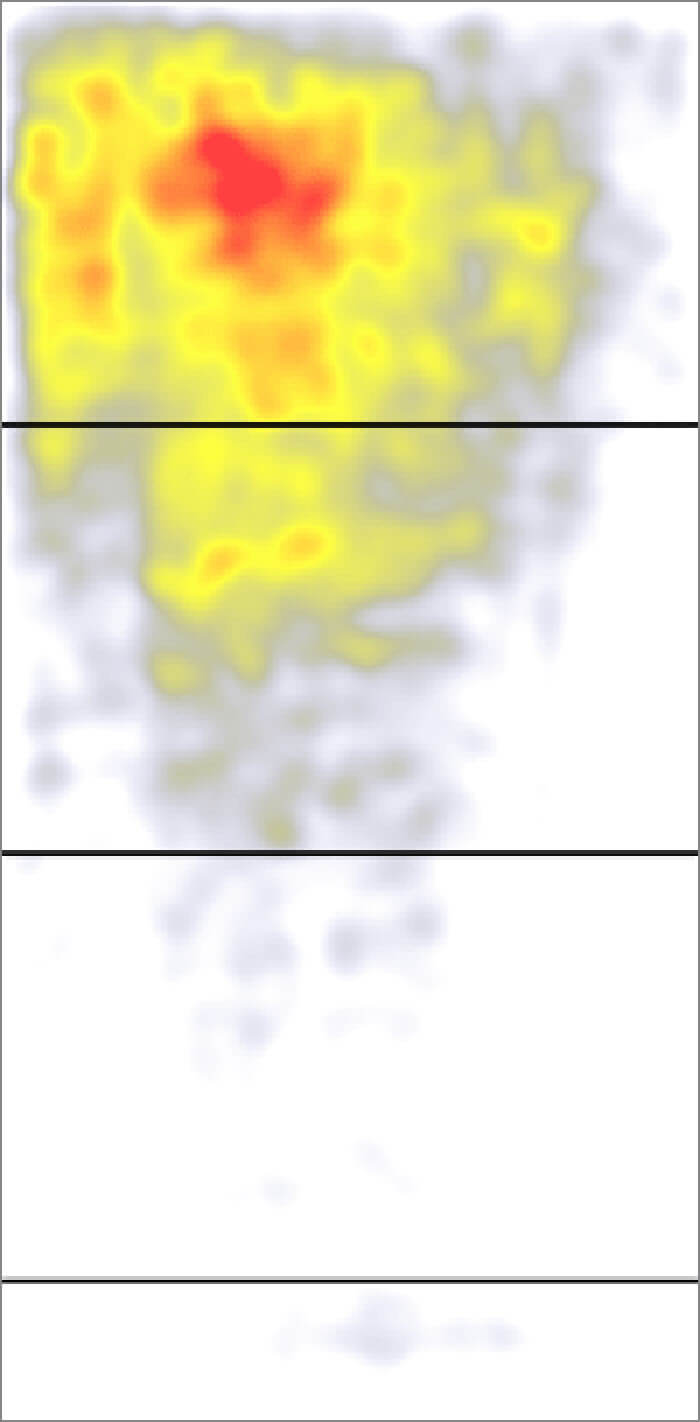
It is worth noting that display sizes have changed over time and the mobile platform plays a particularly important role in this. One pager design, long-scrolling websites and so-called thumb scrolling have changed the way user interfaces are used. In this sense, the part of the website under the drive is just as useful.
2. Strive for a clean design
All elements of your website must serve one purpose, which is to drive conversion forward. A picture is worth a thousand words, so always use high-resolution content images whenever possible. Whether it's blogging, a webshop or just a temporary landing page, expressive visual elements always matter. Although this also applies to call-to-action elements. If conversion optimization is the goal, it cannot happen without effective call-to-action (CTA) buttons. Their main purpose is to effectively grab the visitor's attention.
Two main rules must be followed when placing them:
- Fit in with the design, but at the same time stand out from the background
- Do not under any circumstances think of a final, fixed position
The location of CTAs should always be planned according to where the most attention is focused. This is how they can truly become effective tools for conversion optimization.
3. Bring your website to life
Web design and, at the same time, UX have undergone many changes over the years. Animations are already an integral part of modern websites and have thus become the cornerstone of UX.
Some reasons why you should think in animations:
- they help highlight individual elements of the website, thereby increasing responsiveness
- they can slow down the visitor's scrolling where necessary
- they help structure the website by building a hierarchy
- they attract the visitor's attention again so that the experience is not monotonous
- in addition, they can save valuable space, which is especially important during mobile optimization.
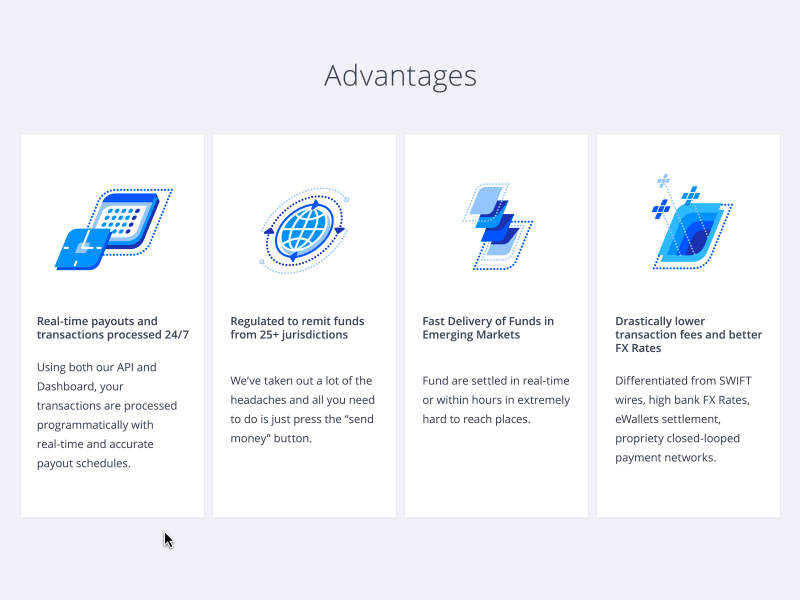
Summary
Conversion optimization is first of all a do-it-yourself area: set your goals, review your pages, monitor your targeting and develop complete processes (there is life before the sale, in fact). By all means, dig into the field to understand your market and see how conversion optimization works.
Traffic and conversion rate are perhaps the most important indicators of a website. Many technologies and methodologies (e.g. webshop auditing) are available today, the focus of which is conversion optimization. However, a proper, user-friendly website design is essential for growth. Call-to-action elements, animations, and user-friendly design are all essential tools for website growth.
Usability and conversion optimization both play an important role in increasing the conversion rate. However, while conversion optimization focuses on the goals of the business, UX focuses on the goals of the visitor. Its task is to create harmony between the company's website and the goals of its visitors. A lack of consistency can mean a decrease in the conversion rate and the loss of potential customers.
If you have outgrown the in-house solutions (optimization is too complex or you have to follow too many tests of too many pages), then we can help.


